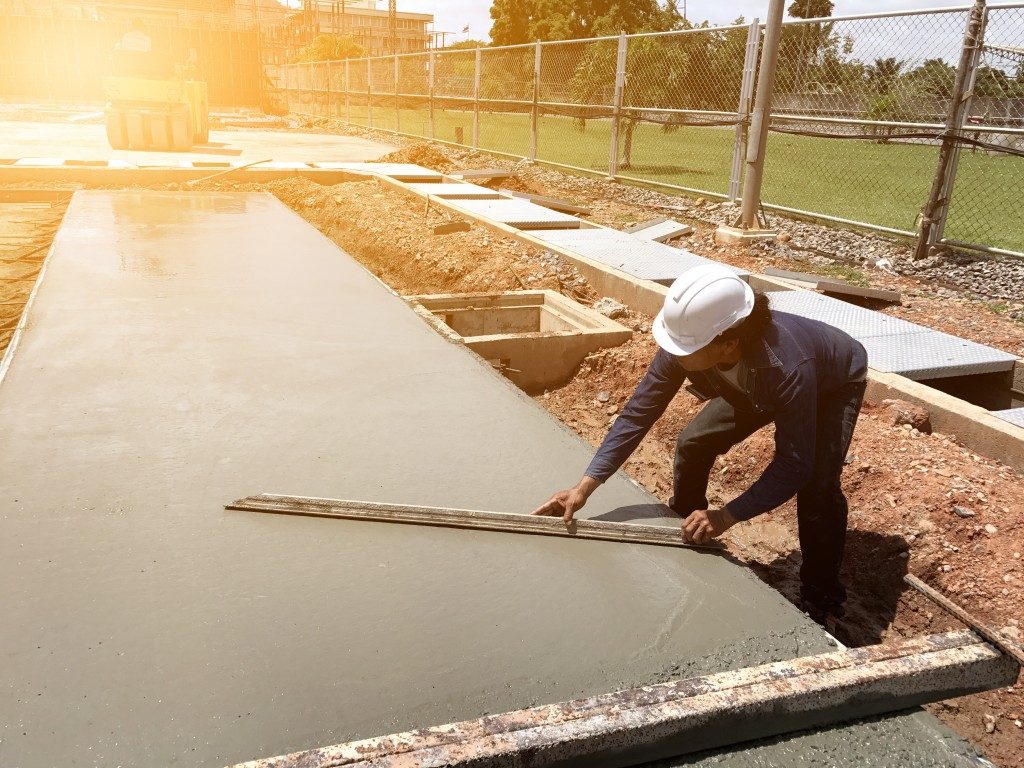While the material alternatives for the construction of different structures are now vast, concrete remains the leading choice for outdoor surfaces. This is because of its durability, ability to withstand most of the harsh elements in your exteriors, and easy cleaning and maintenance. Moreover, concrete is inexpensive. It will thus not dent your finances when used on the large surface area of your outdoors. The sinking of your concrete surface is, however, among the key elements that might affect the appearance and durability of your concrete outdoors surfaces.
For most people, prompt concrete repair for their Salt Lake City, Utah properties is the only way to ensure this. The sinking of your concrete surfaces significantly affects your safety and the overall integrity of the surface. Several professional options now exist for the repair of your sunken concrete surface including, mud jacking, polyurethane foam injection, piercing, and slab replacement. While these are effective, a concrete repair professional will go a step further and takes steps to avert the future sinking of the concrete. The following are some of the steps these professionals will recommend.
Seal Open Joints and Cracks
In most cases, people assume that small concrete cracks are normal and will not have much impact on their surfaces. Negating the sealing of even the smallest of concrete cracks, however, puts your surfaces at risk of sinking and extensive damage. To this end, you should seal all the open joints and cracks on your concrete surface using silicone or polyurethane caulk. Somewhat large gaps should be filled using a backer rod first to ensure the caulk fills them adequately.
Direct Gutter Downspouts Away From the Slab
When property owners hear of water foundation and wall damage, they will invest in the best types of gutters and downspouts to keep rain and melted snow from their foundations and walls. Few, however, think of the distance between their concrete structures and the downspouts’ discharge. This leads to considerable water damage to the concrete slab used as the foundation of your outdoor surfaces. To avert this, keep the downspouts’ discharge not less than five feet away from the slab.

Tightly Pack the Sides of Your Concrete Slab
Water and pests are among the most common causes of concrete sinking. To prevent them from damaging your surfaces, you should keep the slab completely sealed off. This is done by tightly packing the opens sides of your slab with soil. Other than keeping pests and water out, the packing boosts the stability of your surface.
Have Stable Concrete Bases
DIY repair of sunken concrete does not take into account the thickness of the gravel or its adequate compaction. This only leaves your repaired concrete slab susceptible to future sinking since it is too weak to withstand everyday use. The ideal concrete slab should have a gravel thickness of at least 4’’ and be adequately compacted using the right machines.
Even the best laid concrete surface is not immune to sinking secondary to environmental factors. Unfortunately, repaired concrete without the right professional techniques will become the weak spot in your exteriors. The above steps, coupled with professional concrete repair, will nonetheless avert its future sinking.

